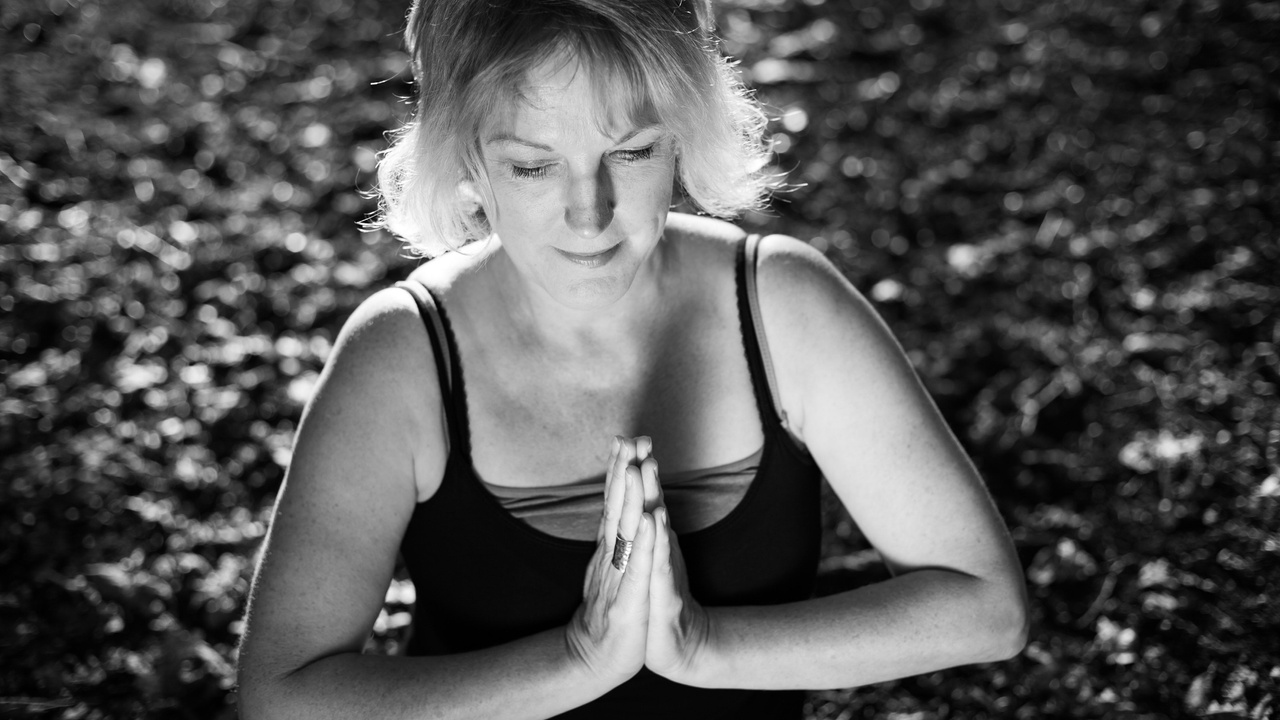Mindful Breathing and Resilience
May 24, 2022
There is now a lot of evidence based science around the benefits of breathing, which in its self sounds crazy because breath is life. It is the one thing that we all do.
One of the things that my yoga teacher said that got me hooked on yoga was a Chinese saying that he repeated, something along the lines of “we are all born with the same amount of breaths, we can either gulp them away really quickly or take them really slowly.
That was it for me, I was hooked..
I did struggle with my breath, I was aware that I was holding my breath a lot and that it was very shallow, feeling my breath only in my upper chest. I had trouble speaking and eating at the same time and had to yawn a lot. I was beginning to become aware and could see that I needed to change it.
In this blog I want to introduce a few yoga sutras of Patanjali and what he says about yoga and breathing.
What is resilience and why breath work helps us become resilient. Introduce Mindful breathing and alternate nostril breathing.
The yoga sutras of Patanjai are a guide to help us with your practice of yoga. Offered in short statements called sutras. They predate Christianity by a few hundred years are there are approx 200 in total. The sutras always remind me that these are not new ideas and that we humans have always been seeking ways to live better.
Chapter 1 V-30 -34 are the sutras that I use the most.
Patanjali lists the things that prevent us from living life well. These are in both mind and body.
Illness
Fatigue
Doubt
Carelessness
Laziness
Attachment
Delusion
The failure to achieve and maintain samadhi (a state of joyful calm).
Such distractions make the body restless, the breathing course, and the mind agitated.
This results in suffering.
But they can be eliminated if the mind is brought to a single focus.
The mind becomes clear and serene when the qualities of the heart are cultivated.
Friendliness towards the joyful,
compassion towards the suffering,
Happiness towards the pure,
and impartiality towards the impure.
Or through the practice of various breathing exercises.These sutras are taken from the book Effortless Being, the yoga sutras of Patanjali by Alistair Shearer.
What is resilience?
Resilience is the capacity to recover quickly from difficulties.
Five keys stress resilience skills.
Self awareness
Attention - flexibility and stability of focus.
Letting go - physical
Letting go - Mental
Accessing and sustaining positive emotion.
https://www.stressresilientmind.co.uk/articles/five-key-stress-resilience-skills
How do you develop resilience?
Learn to relax
Practice thought awareness
Edit your out look
Learn from your mistakes and failures
Choose your response
Maintain perspective
Set yourself goals
Build your self confidence
https://www.mindtools.com/pages/article/resilience.htm
Now we are beginning to see a picture of science based concepts of resilience and the merging of the ancient text of Patanji along side the Buddhist teaching of mindfulness.
A few of the concepts of mindfulness that I work with are
Non judgement of ourselves or others.
There is no right or wrong
Acceptance
Observing our thoughtGaining a sense of perspective
Choosing not to react
Where does breath work fit in to all of this?
When we learn to observe our thoughts and emotions we will also observe the changes in our breath. Where the breath is in our body, the length of the breath, and how it feels.
Ideally we want to feel the breath as a calm and constant flow within a relaxed body.
By regaling and controlling the breath we begin to bring balance into the sympathetic and parasympathetic nervous system.
I often use the boiler system in our homes to demonstrate how this works. We need air flow in and air flow out. The system both warms and cools us and we need both to be able to function normally. It is only through this state of balance that we can achieve resilience.
Now for some exercises. Both of these are relatively simple to do and both clearly demonstrate why they work. In order feel the benefits we need to practice breathing exercises.
Alternate nostril breathing.
With your right thumb block the right nostril.
Breath in and out through the left side.
After an in breath block the left and breath out though the right.
Take a few breaths on the right and then repeat breathing in through the right and out through the left.
Breath in through the left and out through the right.
Continue for 10 rounds
Mindful breathing is simply observing your breath and repeating to yourself as you breath in that your are breathing in and the same as you breath out. Using the breath as the focus and not getting involved with our thoughts.
Stay connected with news and updates!
Join our mailing list to receive the latest news and updates from me
Don't worry, your information will not be shared.
We hate SPAM. We will never sell your information, for any reason.

